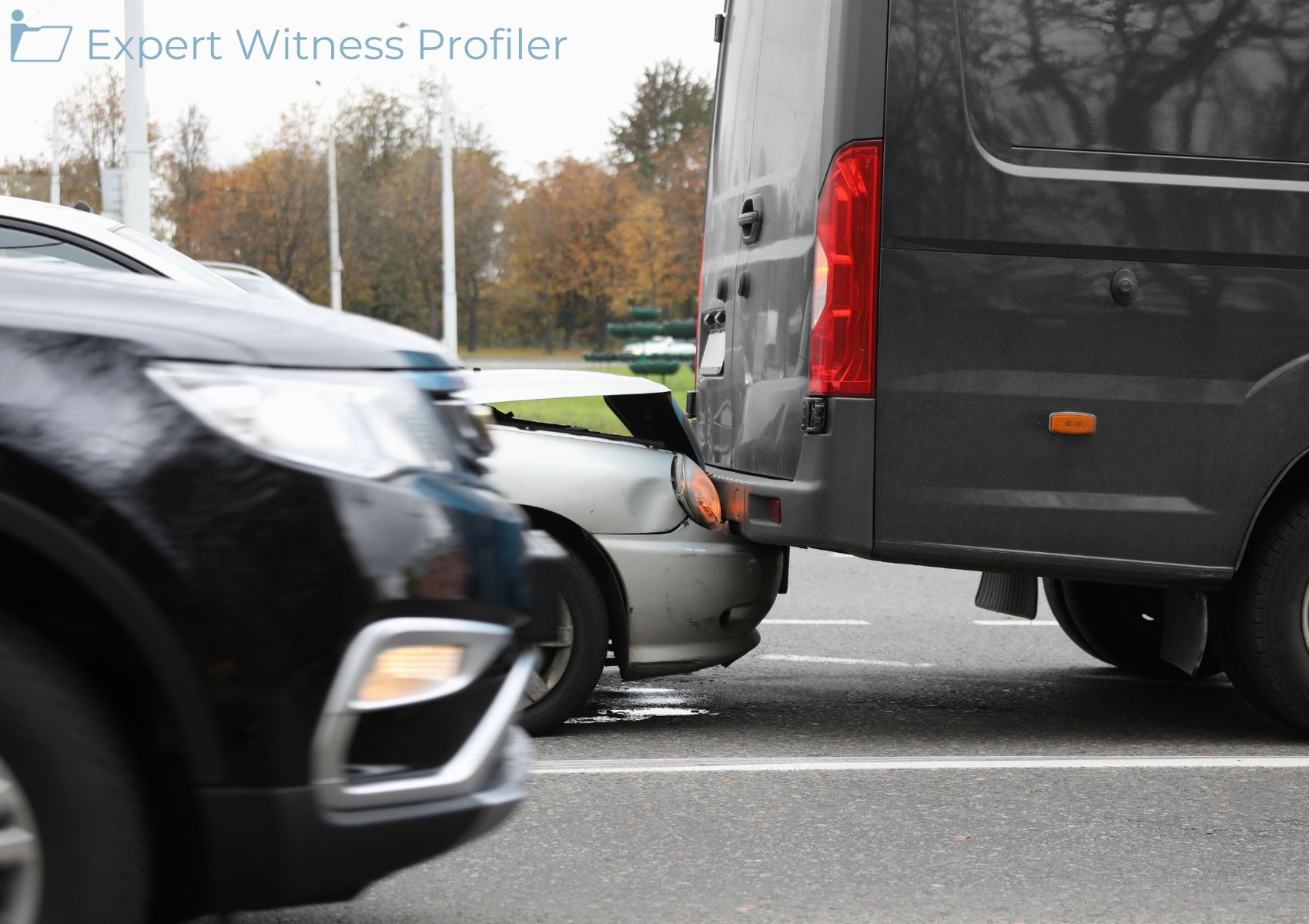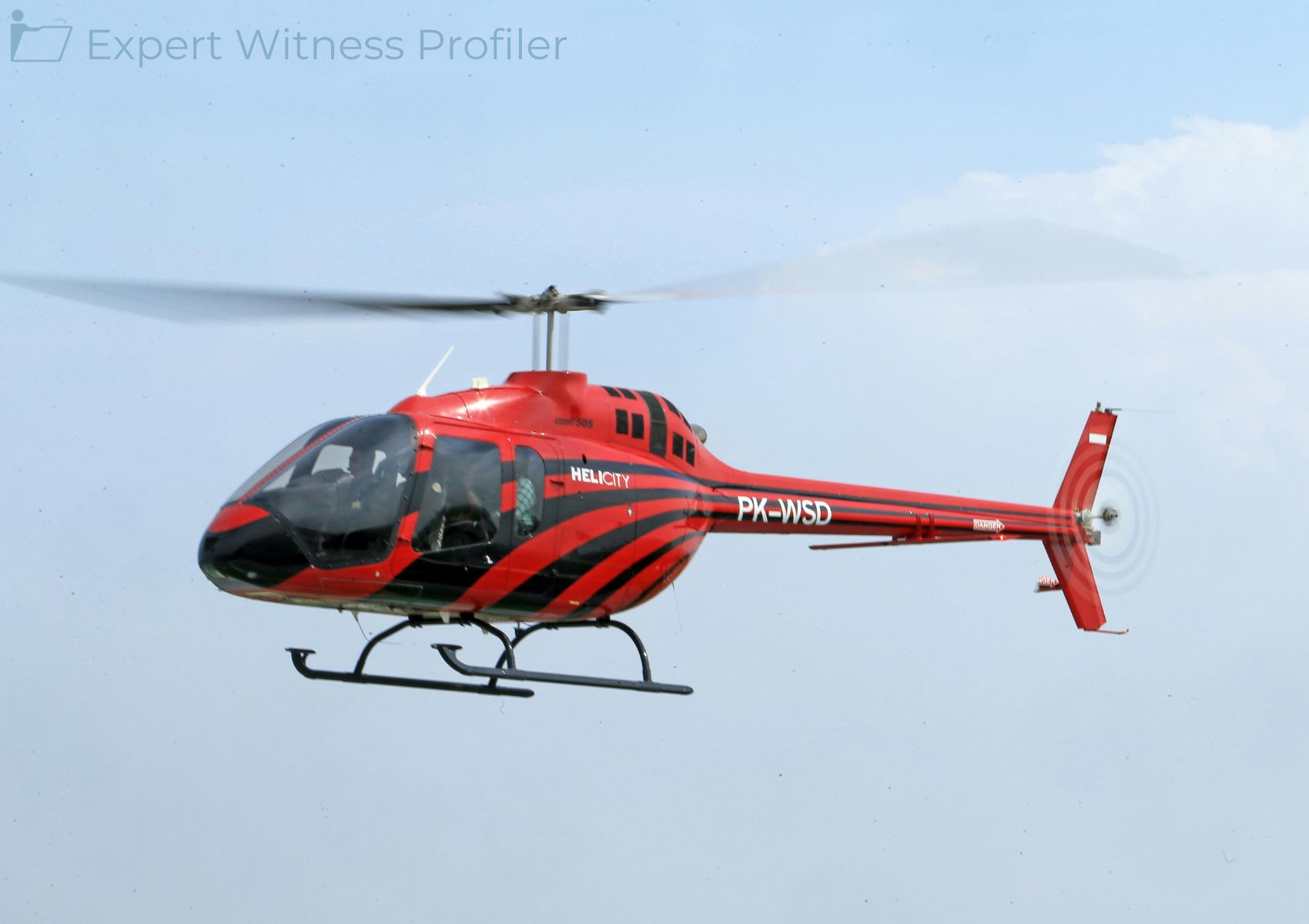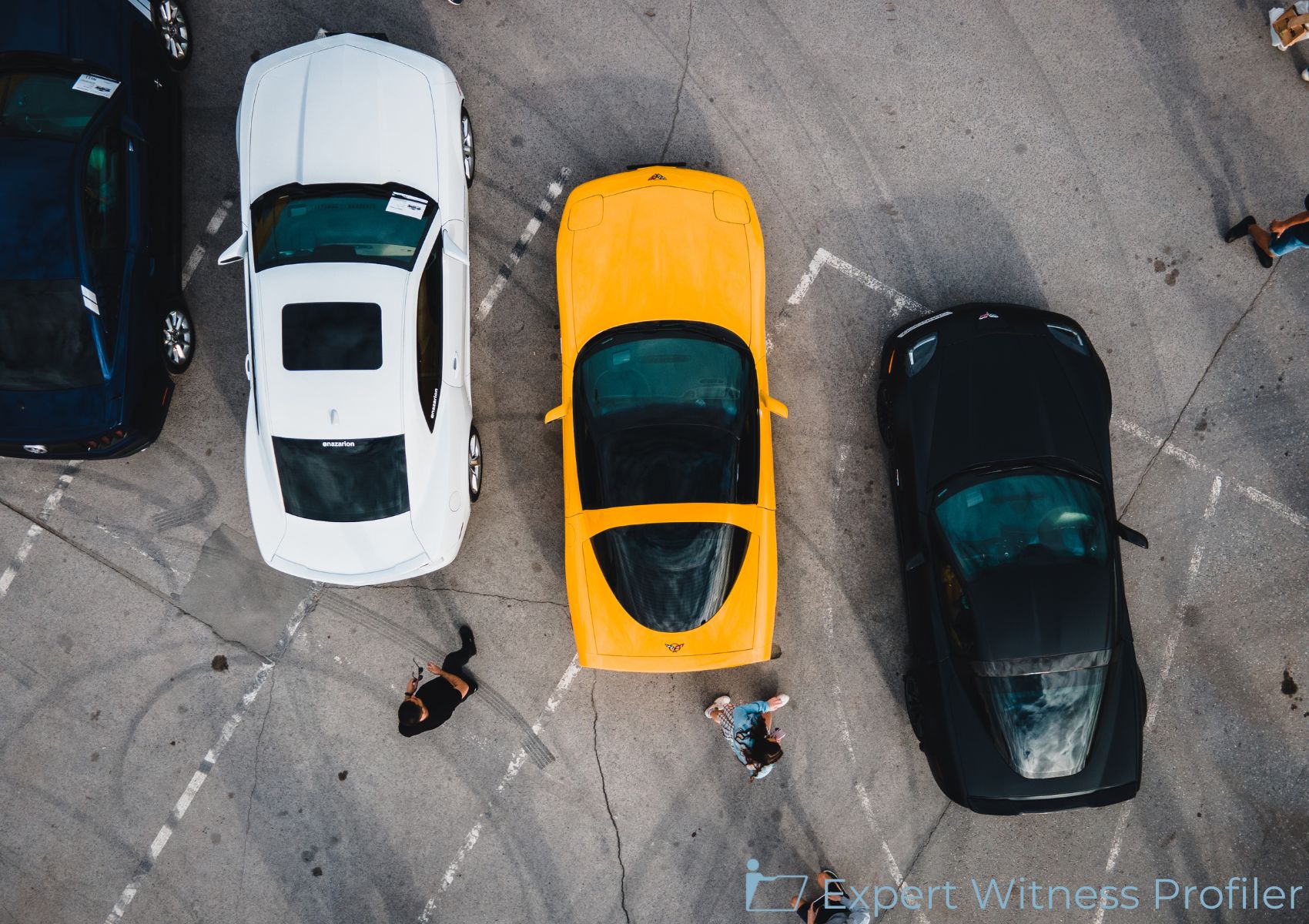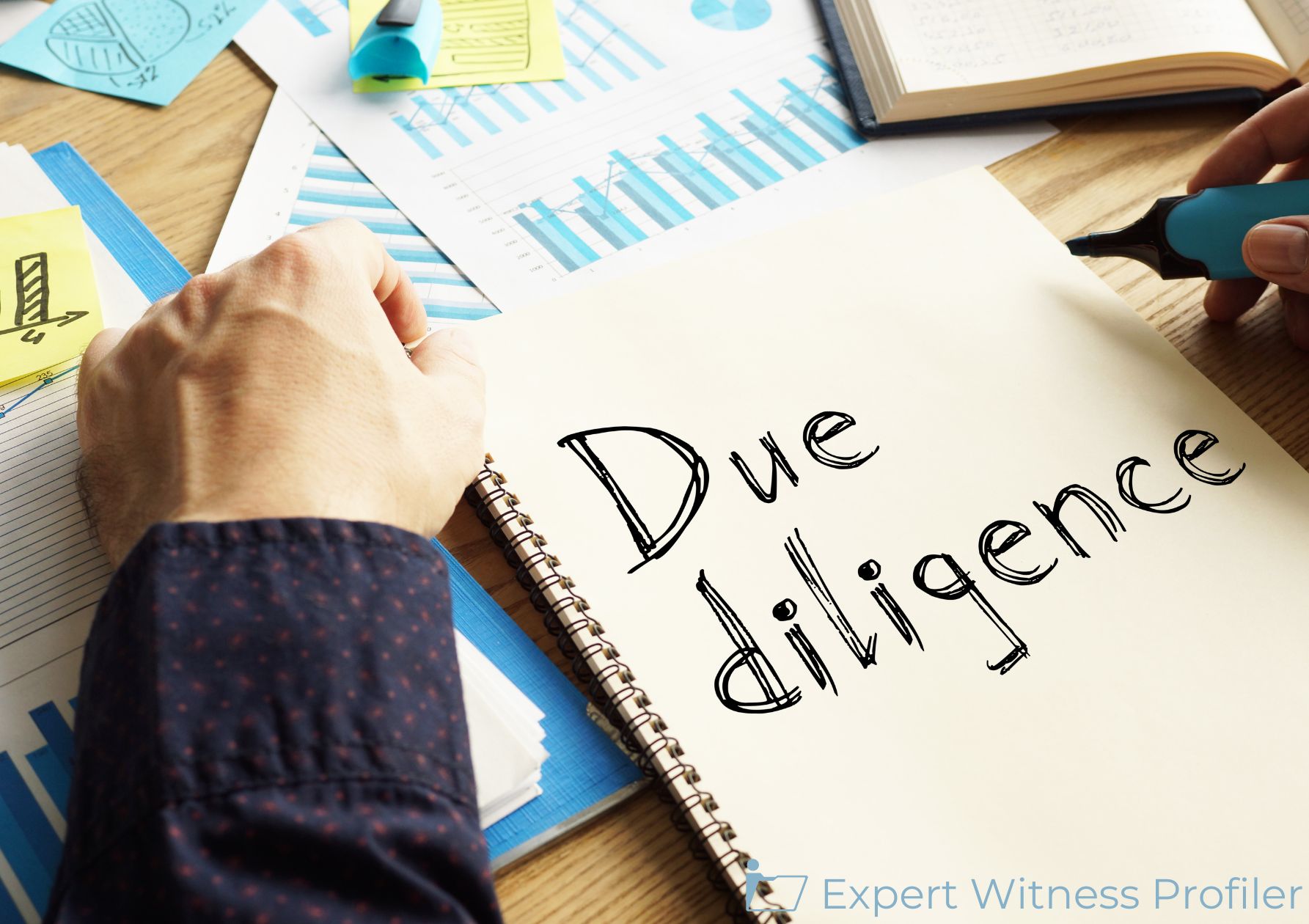Opinions of the Geology Expert Witness Regarding Copying of the Patented Technology Excluded
Posted on February 10, 2025 by Expert Witness Profiler
This case involves an alleged breach of a non-disclosure agreement (the NDA) and patent infringement stemming from the management, construction, and operation of a large lagoon in St. George, Utah (the Lagoon) by Defendants, Desert Color Manager, LLC, Desert Color St. George, LLC, and Pacific Aquascape International, Inc.
Specifically, Plaintiffs Crystal Lagoons U.S. Corp. and Crystal Lagoons Technologies Inc. (collectively, “Crystal Lagoons”) alleged that, after agreeing to the terms of the NDA, the Desert Color Defendants breached the NDA by disclosing designs, plans, technical information, and other confidential information to Defendant Pacific.
Plaintiffs then alleged that all Defendants infringed on U.S. Patent No. 8,062,514 (the ‘514 Patent) due to their management and construction of the Lagoon, which allegedly employs Crystal Lagoons’ patented technology. In its most basic sense, the ‘514 Patent is a patented structure to contain a large body of water for recreational use.
The ‘514 Patent involves, among other things, the design and construction of a structure to contain a water body larger than 15,000 m³, the use of a plastic liner to cover the bottom and walls of the structure, the use of a recycling system that uses pipes with injectors that also allow the application of chemicals, the use of a water inlet line and inlet chambers through which water is extracted to feed the fresh water feeding pipe system of the structure, and the use of a system of skimmers positioned along the border of the structure.
Plaintiffs retained Christopher D. Lidstone as an expert to opine on the infringement and validity of the ‘514 Patent, and they retained Richard F. Bero as an expert to opine on the issue of damages. Defendant filed motions to exclude the opinions offered by Lidstone and Bero.
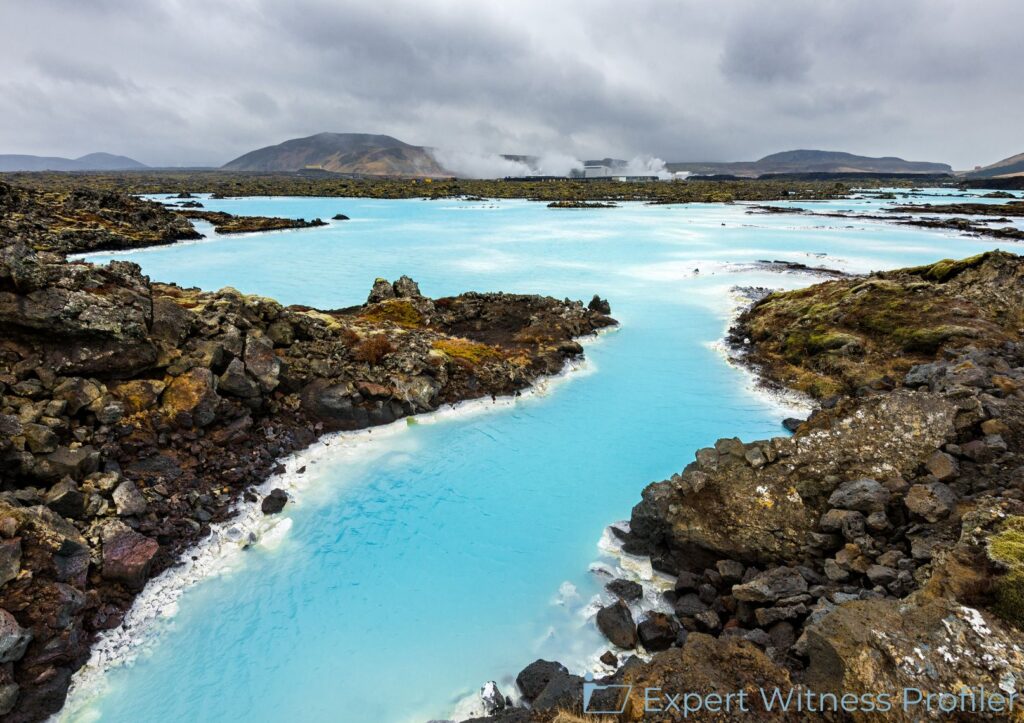
Accounting Expert Witness
Richard F. Bero is the executive vice president of The BERO Group’s Economic Damages division. He is a certified public accountant (CPA) and a certified valuation analyst (CVA). Bero received his BBA in Accounting and Finance from the University of Wisconsin-Madison.
Bero provides accounting and financial consulting services and expert testimony pertaining to economic damages and valuation issues in a wide range of litigation matters with an emphasis on commercial litigation and intellectual property matters.
Geology Expert Witness
Christopher D. Lidstone is principal of CDLidstone, LLC, Fort Collins Colorado. He was formerly president and founder of Lidstone and Associates and managed that firm for 29 years until July, 2015. He sold Lidstone and Associates to Wenck Associates and served as a Principal and Regional Manager for that firm until January of 2021. In his current position as owner of CDLidstone LLC he continues his water resources engineering and geological career throughout the United States and internationally. He serves as a consultant to not only the mining but environmental industry as well as several municipalities, state and federal government. He has completed geological exploration and due diligence services in the US, Canada and Mexico and has completed work in Indonesia, Australia and Papua New Guinea.
His work expertise addresses both ground water and surface water studies including water supply, water development, erosion and sedimentation, flood control, geomorphic stability, geochemistry and water quality studies.
Discussion by the Court
Christopher D. Lidstone’s Expert Opinions Regarding the Absence of Non-Infringing Alternatives, Long-Felt Need, and Copying Are Inadmissible
Lidstone is a water geologist, not a recreational water structure designer
First, Defendants argued Lidstone is a water geologist, not a recreational water structure designer. As such, he cannot be considered a person of “ordinary skill in the art,” which is necessary to opine on the infringement and validity of the ‘514 Patent.
Plaintiffs responded by pointing to, among other things, Lidstone’s 42 years of experience in the field of hydrology; his degrees in Geological Sciences and Geomorphology; his work experience with the design and construction of water supply, water treatment, and storage projects for public water supplies; his experience previously serving as a technical expert in other patent cases related to groundwater storage; his experience teaching courses on the building blocks for pools, like the use of liners, flocculation, disbursement, cation exchange, water, and concrete; and more.
The Court agreed with Plaintiffs that Lidstone has specific, relevant experience related to the ‘514 Patent to qualify him as a person of ordinary skill in the art with respect to water structure design generally, and there is no requirement that Lidstone have specific design experience with recreational water structures to opine on the validity and potential infringement of the Patent. After all, the potential for recreational use of these structures is only a small part of the invention.
Lidstone lacks a factual basis for his opinion that the ‘514 Patent is a “foundational” patent
Second, Defendants argued that Lidstone lacked a factual basis for his opinion that the ‘514 Patent is a “foundational” patent.
Defendants added that Lidstone never defined what the term “foundational” means, and they emphasized the potential lack of relevance of Lidstone’s testimony regarding the nature of the ‘514 Patent.
However, the Court held that Lidstone defined “foundational” as being the original, or foundational, patent filed by an applicant directed to a particular subject matter. Indeed, Lidstone identified the ‘514 Patent family as the first family of patents filed in the United States by Crystal Lagoons related to this technology, and he acknowledged the fact that other patents issued from the same initial application.
Lidstone relied on no data or facts whatsoever to support his opinion that there are no non-infringing alternatives to the technology of the ‘514 Patent
To prove the absence of acceptable, non-infringing alternatives, the patentee may prove either that the potential alternative was not acceptable to potential customers or was not available at the time of infringement.
Plaintiffs pointed to Lidstone’s opinions on the “foundational” nature of the ‘514 Patent as the basis for this opinion.
It was unclear to the Court how this opinion independently constituted a sufficiently reliable basis for an “absence of non-infringing alternatives” opinion. The most relevant expert testimony the Court could identify potentially relating to this issue is when Lidstone testified how “the technology covered by the ‘514 Patent constituted a significant departure from the technologies for building and maintaining large bodies of water for recreational purposes available at the time” as it allowed for “the design, construction, and operation of sustainable, clear lagoons of virtually unlimited sizes.”
Critically missing from Lidstone’s report and testimony, however, are any facts or analysis suggesting how at the time of Defendants’ alleged infringement there was an absence of acceptable, non-infringing alternatives.
At best, Lidstone provides an opinion on the novelty of the invention but cabins it to the exact moment Crystal Lagoons first patented its lagoon technology in the United States (in 2007)—he did not opine on the existence of non-infringing alternatives when Defendants allegedly infringed on the Patent by designing and building the accused Lagoon (between 2019 and 2020).This did not reliably demonstrate how in 2019, at the time of the alleged infringement, there was an absence of acceptable, non-infringing alternatives. Twelve or more years of technological advancements may have altered the lagoon technology landscape significantly, and it is a crucial consideration for any expert opinion regarding whether non-infringing alternatives existed at the time of infringement. The Court held that the expert testimony is unreliable and inadmissible.
Defendants argued that Lidstone has no factual basis for his opinion that the ‘514 Patent fulfilled a “long-felt need”
Plaintiffs contended that Lidstone’s factual basis for this opinion permissibly rests on (1) his opinion that the ‘514 Patent is a foundational patent, and (2) the increase in demands for lagoons after the ‘514 Patent was issued.
Lidstone’s rebuttal expert report consisted of only two, conclusory sentences that the ‘514 Patent “fulfilled a long felt need to develop and treat large bodies of water such as lakes and ponds.”
He later testified he based his long-felt-need conclusion on the nature of the patent, the history that predated the patent, and what happened after the patent came into play.
Specifically, Lidstone indicated how, based on his understanding of the relevant pool-related technology, “prior to this patent, there were no large lagoons that had been developed, and subsequent to the patent, lagoons were built,” but he admittedly could not identify any statements or other evidence prior to 2006 indicating a long-felt need.
The Court is unpersuaded that merely pointing to some level of eventual demand for a patented product renders reliable expert testimony regarding long-felt but unresolved need. If this were the case, all patented products that happen to generate sales over the life of the patent would essentially enjoy a presumption of satisfying a long-felt need. While a rapid increase in demand for the patented product may be suggestive of long-felt need, Lidstone did not analyze the rate of increase of demand for lagoons. He only analyzed and described Crystal Lagoons’ current success in the lagoon industry.
Defendants argued that Lidstone lacked sufficient facts and data supporting his opinion that the ‘514 Patent has been commercially successful
Defendants admitted Lidstone takes about a page of his report discussing various indicators of Plaintiffs’ commercial success, but they insisted Lidstone never analyzed data to reach his opinion that the commercial success resulted from the ‘514 Patent.
The Court held that Lidstone’s opinions on this subject are reliable and relevant as they adequately demonstrate and describe how the ‘514 Patent is advantageous to Crystal Lagoons’ commercial success. Lidstone described various indicators of Crystal Lagoons’ ongoing commercial success in his rebuttal report, and he linked the success to the ‘514 Patent by relying on his previous opinion that the technology of the ‘514 Patent provides the foundation for Crystal Lagoons’ technology to create large bodies of water for swimming and recreational use.
As discussed above, the Court held that his opinion on this subject is also reliable and admissible. Moreover, a correct understanding of Crystal Lagoons’ business model, which Lidstone understood, also supported his commercial success opinion. Crystal Lagoons generates revenue by issuing a collective license of all its intellectual property—which necessarily includes the’514 Patent—to lagoon builders for the design, construction, and operation of its lagoon technology. Notably, Crystal Lagoons did not design, build, and operate artificial water lagoons, nor did it license its Patents and other intellectual property on a patent-by-patent basis; instead, it licenses all of its technology only when it has ongoing involvement in a project such as providing (and getting paid for) its ongoing systems fees services.
Defendants argued that Lidstone failed to link any “industry praise” to the actual inventions of the ‘514 Patent
Lidstone’s explained how “based on the invention of the technology of the ‘514 Patent,” Fischmann (the inventor of the ‘514 Patent), has been honored many times with prestigious international awards, including Entrepreneur of the Year, Innovator of the Year, Businessman of the Year, the Innovation Stevie Award, the Real Innovator Award, the Green Apple Award, and two Guinness World Record Awards related to lagoons built and operated using Crystal Lagoons’ technology.
He also explained how hundreds of lagoon projects around the world currently use Crystal Lagoons’ technology.
As explained above, these awards presented to Fischmann for his lagoon-related inventions necessarily relate, at least in part, to the ‘514 Patent because this Patent is included in each sale of Crystal Lagoons’ collective license, and the technology likely forms a part of each resulting lagoon. Lidstone’s analysis and opinions on this subject are reliable and admissible.
Defendants argued that Lidstone failed to provide any factual basis to support his conclusion that Defendants “copied” the ‘514 Patent
Plaintiffs did not direct the Court to any reliable support for Lidstone’s opinions regarding copying of ‘514 Patent technology; they only argued that Lidstone’s opinions regarding Defendants’ infringement were sufficient to support his copying opinion. But precedent forecloses this argument. A review of Lidstone’s expert reports and deposition testimony reveals he similarly conflated the terms “copying” and “infringement.” Tellingly, the only explicit support for his copying opinion is his analysis of another lagoon’s infringement of the ‘514 Patent in a related case.
And when pressed about the basis for his copying opinion, Lidstone testified how “[he] look[ed] at similarities in designs and so forth,” but he admitted, “[w]hat Pacific Aquascape did to get there, I don’t know.” A reliable copying opinion would have focused on what Defendants “did to get there,” i.e., their efforts to replicate a specific product, not on the mere similarities between the accused device and the patent claims. The Court therefore concluded that Lidstone’s opinions and testimony on this subject are unreliable and inadmissible.
Richard F. Bero’s Expert Testimony Regarding Infringement Damages is Unreliable and Inadmissible
Defendants dedicated a few sentences of their Motion to argue Bero’s opinions regarding commercial success, breach of contract damages, and unjust enrichment damages are unreliable. But the Court found that this testimony was sufficiently supported and reliable to be admissible.
Patent infringement damages are customarily computed by calculating lost profits or a reasonable royalty, and Defendants challenged the admissibility of Bero’s testimony with respect to each calculation.
The Federal Circuit is clear that “apportionment is an important component of damages law generally, and . . . it is necessary in both reasonable royalty and lost profits analysis.”
Under the entire market value rule—which has been described as a “narrow exception” to the apportionment requirement and potentially applies regardless of whether the patentee relies on a reasonable royalty or lost profits calculation—the patentee may rely on the entire market value of the accused product if the patentee demonstrates that “the feature patented constitutes the basis for customer demand.”
Here, Plaintiffs do not sell products. Instead, as explained above, Crystal Lagoons primarily generates revenue by issuing a collective license of all its intellectual property to lagoon developers, which includes the ‘514 Patent, for the design, construction, and operation of its lagoon technology.
The Court held that Bero “never conducted any market studies or consumer surveys to ascertain whether the demand for [the collective license] is driven by the [‘514 Patent]” in dispute. Ultimately missing from Bero’s opinions are any sufficiently reliable facts or data suggesting the ‘514 Patent is what motivates consumers to purchase the Crystal Lagoons’ portfolio of property.
Movant’s Ignorance of the Law is Insufficient to Demonstrate Excusable Neglect
Plaintiffs made an oral motion seeking to allow Bero additional time to submit a supplemental expert opinion, which would address some of the deficiencies with his expert report. Federal courts are clear that a movant’s ignorance of the law is insufficient to demonstrate excusable neglect; accordingly, Plaintiffs have not satisfied their burden under Rules 6(b)(1)(B) and 16(b)(4) to modify the already expired expert discovery deadline.
Held
The Court granted in part both motions to exclude Plaintiffs’ experts Christopher D. Lidstone and Richard F. Bero.
Key Takeaways:
- Even though Lidstone may lack experience with designing water structures primarily used for recreation, Lidstone’s experience with designing other water structures qualifies him to opine on key issues relevant to the structure-related claims of the ‘514 Patent.
- Evidence of long-felt need is closely related to the failure of others, though they are distinct considerations. This evidence is particularly probative of obviousness when it demonstrates both that a demand existed for the patented invention, and that others tried but failed to satisfy that demand.
- When the patented invention is a component of a commercially successful machine or process, the patentee need only “come forward with evidence sufficient to constitute a prima facie case of the requisite nexus,” and show “a legally sufficient relationship between that which is patented and that which is sold.” In this case, the ‘514 Patent necessarily forms a part of each sale of the collective license, and likely plays a part in the development of each resulting lagoon.
- Plaintiffs and Bero rely solely on the “foundational” and “core” nature of the ‘514 Patent, the fact that the ‘514 Patent is included in every purchase of Crystal Lagoons’ collective licenses, and the lack of viable lagoons in the marketplace to make an impermissible inference that the Patent drives consumer demand for all of Crystal Lagoons’ intellectual property. None of these are adequate bases to justify Bero’s reliance on the entire market value rule.
Case Details:
| Case Caption: | Crystal Lagoons Us Corp Et Al V. Desert Color Manager Et Al |
| Docket Number: | 2:20cv851 |
| Court: | United States District Court, Utah |
| Order Date: | February 4, 2025 |


